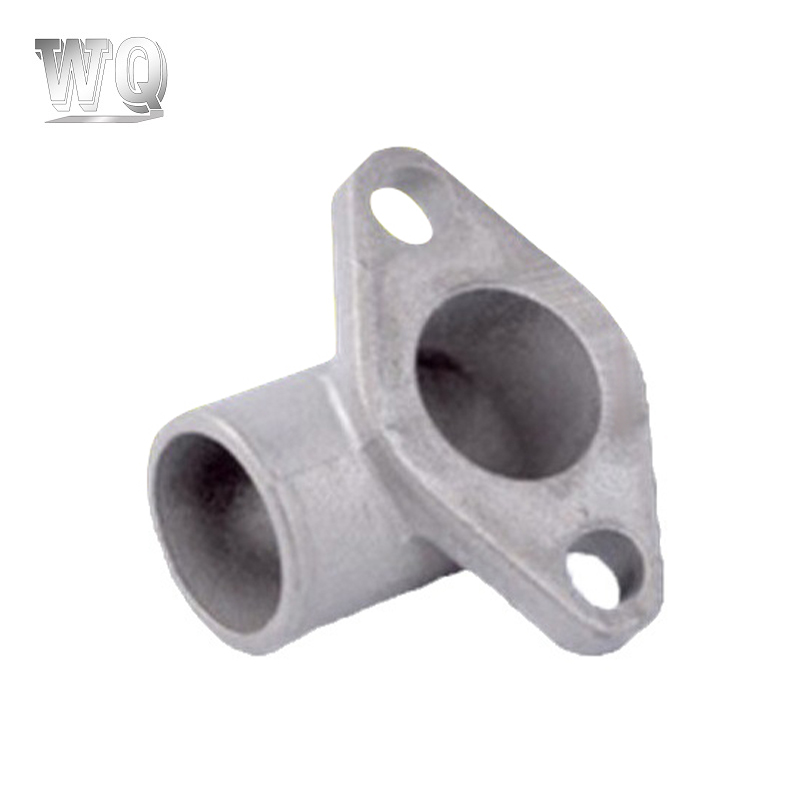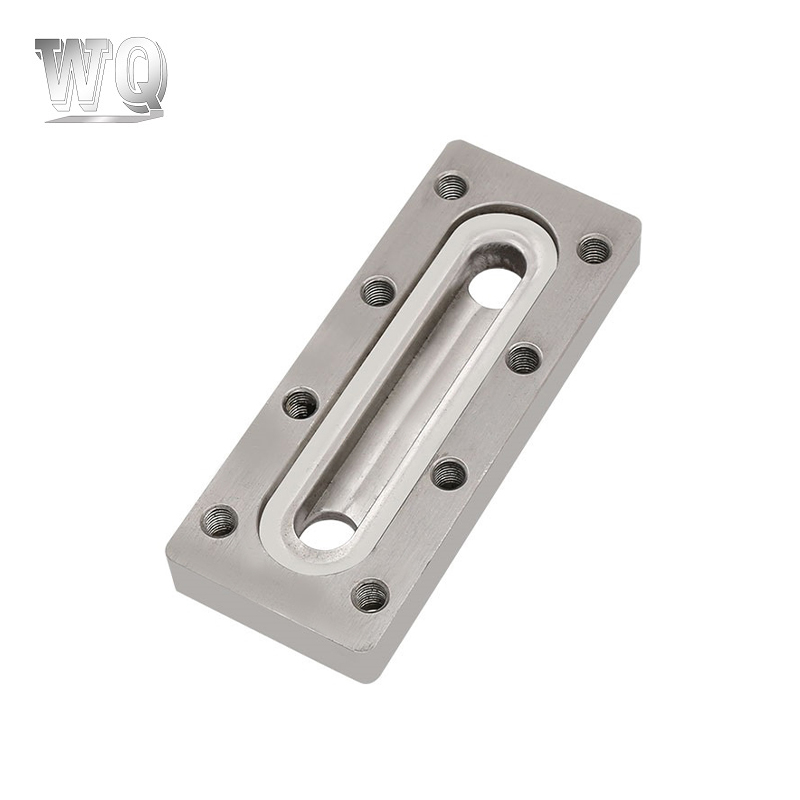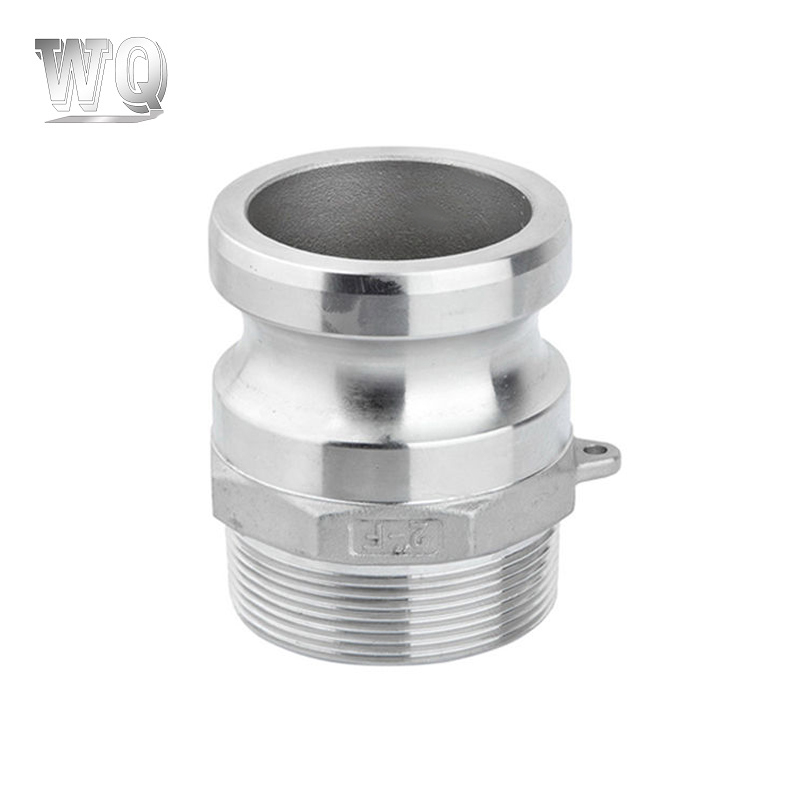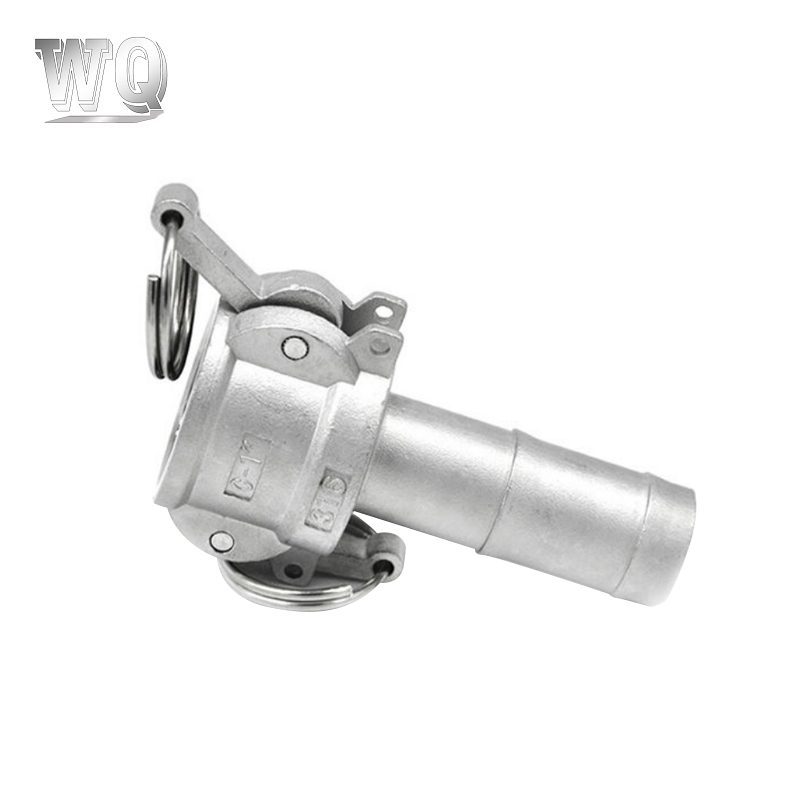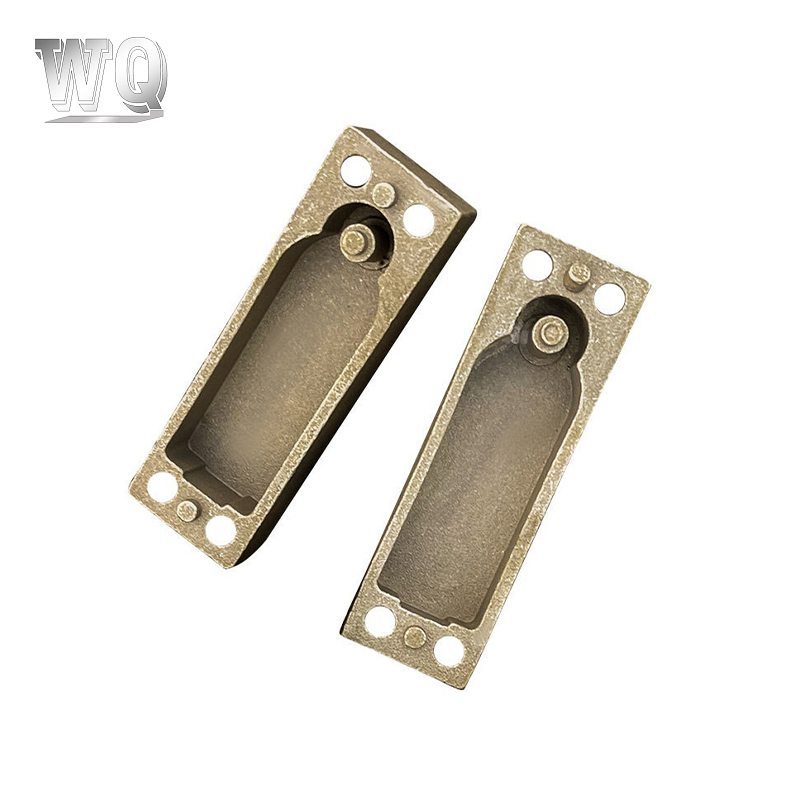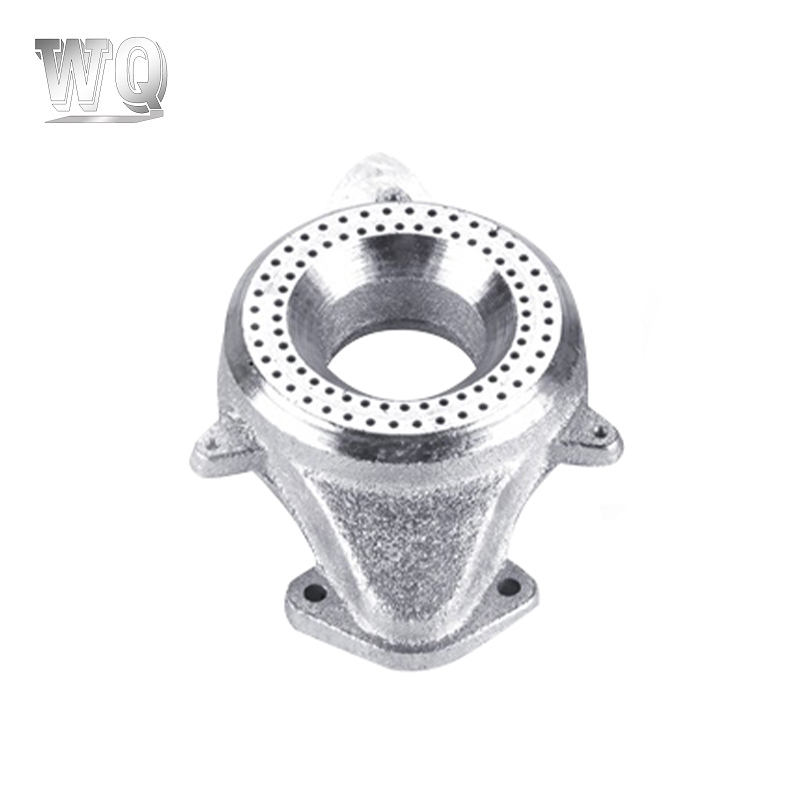In modern industrial manufacturing, copper casting parts are widely used in power equipment, automotive parts, heavy machinery and precision instruments due to their excellent conductivity, corrosion resistance and good machinability. Especially in working conditions with high precision requirements and severe wear, how to choose a copper casting that has both high strength and long-term stable operation has become the focus of many engineers and technicians.
1. Clarify the type of copper alloy: material selection determines the performance basis
Different types of copper alloys have different physical and chemical properties and are suitable for different working conditions. Common copper casting materials include:
Tin bronze: has excellent wear resistance and fatigue resistance, suitable for heavy-loaded, low-speed rotating parts such as bearings and gears.
Aluminum bronze: high strength and strong corrosion resistance, suitable for high temperature or seawater environment.
Brass (zinc-copper alloy): low cost and good processing performance, but slightly inferior to bronze in wear resistance, suitable for light load and decorative parts.
Lead bronze: excellent self-lubricating performance, especially suitable for manufacturing high wear-resistant parts such as sliding bearings.
Selecting the right copper alloy according to the specific application environment is the first step to ensure the performance of copper castings.
2. Pay attention to the casting process: the key factor affecting structural strength and precision
The molding process of copper castings directly affects its internal structure and dimensional accuracy. The current mainstream casting methods are:
Sand casting: suitable for large and medium-sized castings with complex shapes, with relatively low cost, but high surface roughness.
Metal mold casting: fast cooling speed, good density of castings, high dimensional accuracy, suitable for batch production of small and medium-sized parts.
Pressure casting: suitable for high-precision, thin-walled parts, but large equipment investment, suitable for large-scale industrial production.
Centrifugal casting: suitable for tubular or annular parts, with uniform density, less pores, and better wear resistance.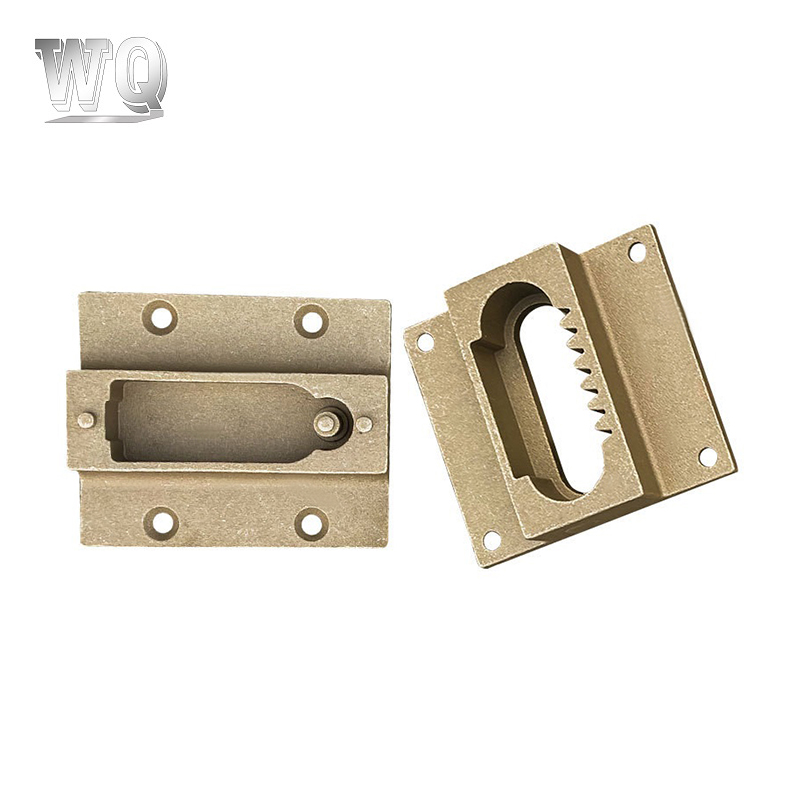
For precision machinery, it is recommended to give priority to metal mold or centrifugal casting processes to ensure the structural stability and dimensional consistency of castings.
3. Detect key performance indicators: ensure that actual use needs are met
When purchasing copper castings, the following performance parameters should be checked:
Hardness and tensile strength: reflect the bearing capacity and wear resistance of castings.
Elongation and impact toughness: measure its fracture resistance under dynamic load.
Metallographic structure analysis: observe whether the grain structure is uniform through a microscope to judge the casting quality.
Dimensional tolerance and surface roughness: affect assembly accuracy and subsequent processing difficulty.
It is recommended to request a third-party test report and verify it with actual test samples to ensure that the product meets the design standards.
4. Combined with application scenarios: targeted selection to improve service life
Different industries have different requirements for copper castings:
Power equipment: focus on conductivity and oxidation resistance, often use phosphor bronze or high-purity copper.
Hydraulic system: requires good sealing and high pressure resistance, mostly using tin bronze or aluminum bronze.
Mining machinery: in a high wear environment, self-lubricating materials such as leaded bronze are preferred.
Precision instruments: emphasize dimensional accuracy and stability, and recommend the use of metal mold casting technology.
Reasonable matching of materials, processes and usage scenarios can not only extend the service life of copper castings, but also significantly improve the overall operating efficiency of the equipment.
As an important component of industrial equipment, the performance of copper casting parts directly affects the operation effect and maintenance cost of the whole machine. When facing precision machinery and high wear-resistant application scenarios, users should consider multiple dimensions such as material selection, casting process, performance testing and actual use to purchase truly reliable and durable copper casting products. Scientific selection not only ensures the stability of equipment operation, but also provides solid support for the efficient production of enterprises.


